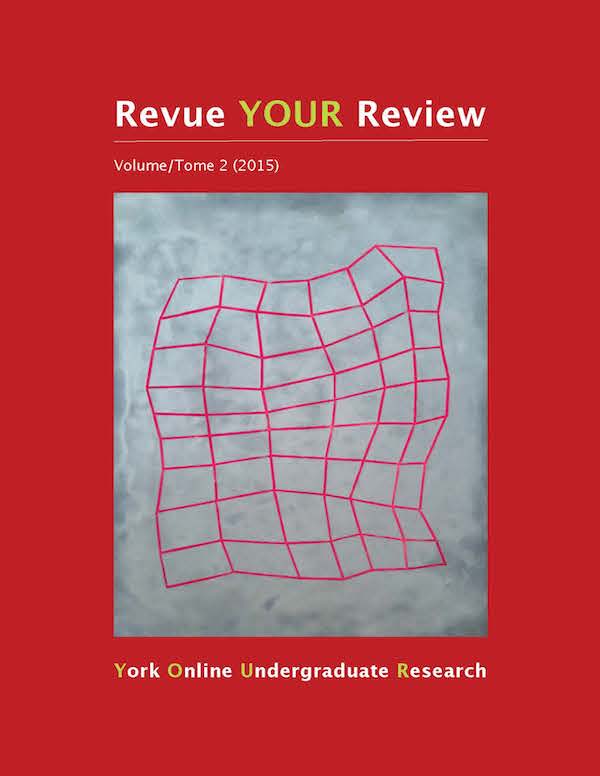Fleeing Brains: An Essay on the Iranian Brain Drain
Résumé
This paper analyses the Iranian brain drain to the United States—home to by far the largest Iranian population outside of Iran—from the 1960s up to the present. In the first half of the essay, it will be established that the brain drain has for decades been caused primarily by socio-political and economic factors. This trend was only intensified following the Iranian revolution of 1979 as the country experienced war, sanctions, chronic unemployment, and an increase in the overall authoritarian nature of the state. Similar to most other cases of brain drain, Iran’s is also a symptom of a more extensive disease that plagues the nation. In 2009, the International Monetary Fund ranked Iran number one in the world for its brain drain with an estimated cost of $40 billion annually.
Thus far, the Iranian government’s attempts to reverse the brain drain have been unsuccessful. This is not surprising, however. It would be unreasonable to expect (as the Iranian government repeatedly has) that the brain drain could be curbed through purely economic measures while leaving the corrupt, undemocratic, and centralized political structure intact. Political reform, due to its ability to generate spillover effects onto other branches of society (e.g. economic and social), is the prerequisite to any sustainable, long-term reverse brain drain policy. Finally, due to the scope of this paper and the lack of scholarly information on Iran’s brain drain, potential external causes (i.e. globalization) will not be examined—though it is widely agreed upon by scholars that internal factors are the main driving force behind Iran’s brain drain.
Téléchargements
Comment citer
Numéro
Rubrique
Licence
Les auteurs qui contribuent à la Revue YOUR Review acceptent de publier leurs articles selon une des trois catégories de la licence 4.0 : Creative Commons Attribution 4.0 International; Creative Commons Attribution-Pas d'Utilisation Commerciale 4.0 International; ou Creative Commons Attribution-Pas de Modification 4.0 International. Tout contenu éditorial de ce site ainsi que les affiches et les résumés sont sous la licence Creative Commons Attribution-Pas de Modification 4.0 International. Pour plus d’informations, veuillez voir :
https://creativecommons.org/licenses/
Dans tous les cas, les auteurs conservent leurs droits d’auteurs et concèdent à la Revue YOUR Review le droit de première publication. Les auteurs peuvent, par la suite, conclure d’autres accords de distribution non exclusifs de la version publiée dans ce périodique (par exemple, l’afficher à un dépôt institutionnel ou le publier dans un livre ou dans un autre périodique) à condition que la reconnaissance fasse mention de la publication originale dans la Revue YOUR Review.


